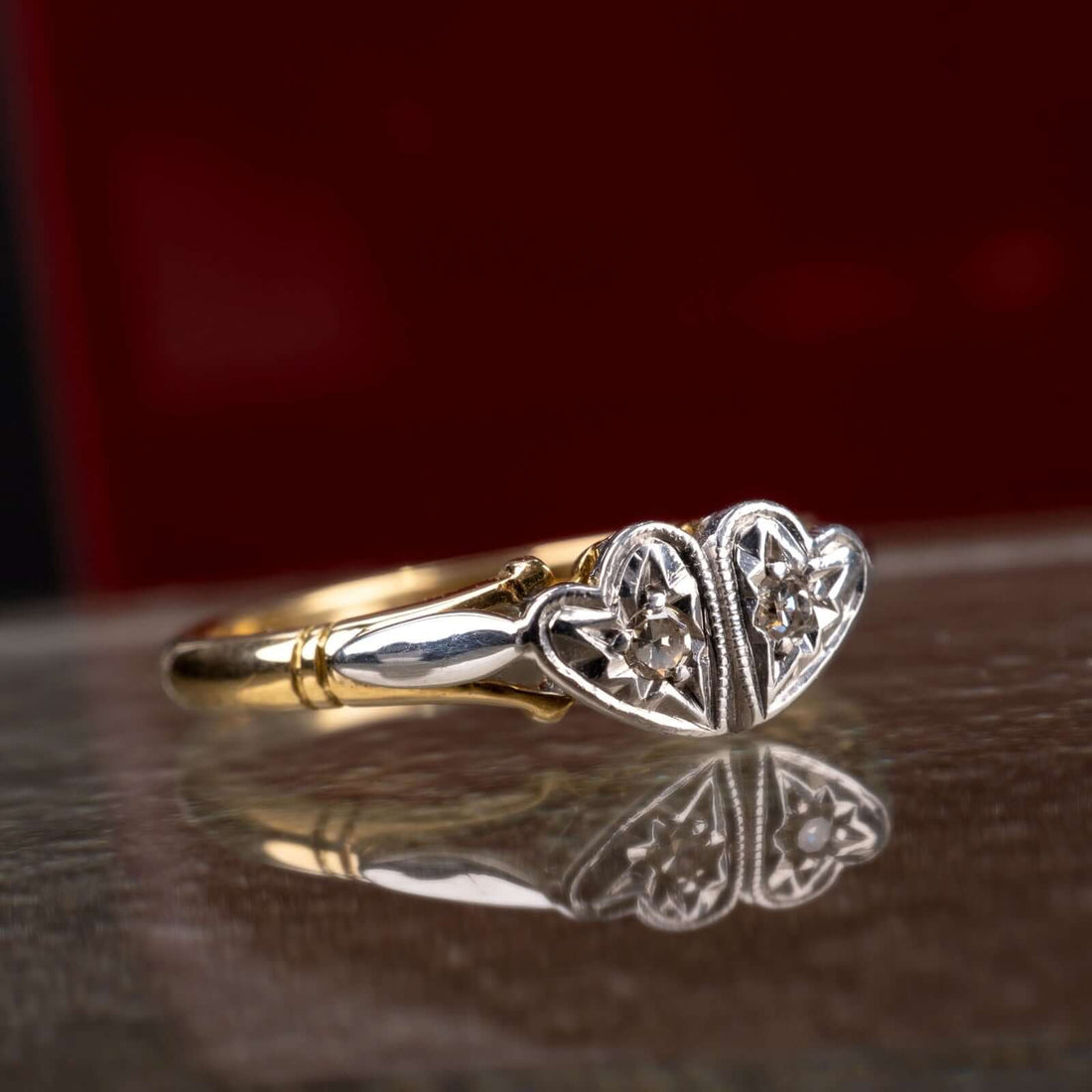
What Are the Origins of Valentine's Day?
Share
Valentine's Day is a popular day for both proposals and surprise declarations of love. can create huge pressure to bestow lavish gifts upon your partner.
It's a day for secret admirers to come out of the woodwork, for romantic meals, flowers, chocolates and of course greetings cards. For single people, February 14th may serve to highlight their single status and whether happily single or not, this somewhat commercialised holiday can cause aggravation to say the least.
The invention of Galentine's Day, a play on the word 'gal' or 'girl', does perhaps go some way to balance out the romantic pressures of Valentine's Day.
Galentine's Day falls the day before Valentine's Day, and was created to celebrate friendship and platonic love.

What are the Origins of Valentine's Day
So how much do you actually know about the origins of Valentine's Day? Unfortunately the story isn't at all straightforward and remains rather mysterious. The very first origins of Valentine's Day are perhaps connected with the ancient Romans.
The Roman calendar celebrated a mid-February holiday called Lupercalia that was all about match-making and fertility. Single people would be paired off, apparently by picking names out of a pot, and the ceremony culminated in marriages.
In the 5th Century and with the rise of Christianity, Pope Gelasius officially named 14th February St Valentine's Day, possibly in order to quash this pagan holiday and it's un-Christian rituals. Who exactly was St Valentine though and why would he be associated with this particular day?
Who Was Saint Valentine?
Just to complicate matters and deepen the mystery even further, legend has it that there was more than one man known as Saint Valentine! It may be that we celebrate 14th February as Saint Valentine's Day because this was the day of their martyrdom. Curious? Read on...
In third century Rome there lived a priest named Valentine. The ruling Emperor at the time, Claudius II, believed that young male soldiers were better suited to the role if they were not married with families, so he ordered that marriage was banned for young men entering the army.
The priest Valentine was outraged by this injustice and in a bid to help young lovers unite, he continued to carry out marriages in secret. Legend says that Valentine, in order to be recognised by those wishing to wed, wore a ring with an image of Cupid on it.
He is also thought to have distributed to his Christian flock hearts made of paper, as a way of reminding them of God's love and to love each other. Unfortunately, it was only a matter of time before Valentine's illegal actions were discovered and the Emperor Claudius had Valentine executed.
Another Valentine we know about was a bishop, Valentine of Terni. This Valentine is believed to have helped Christians escape from torturous imprisonment by the Romans.
This bishop was also executed by Claudius II for his traitorous actions. It is said that Valentine was imprisoned and during his incarceration he fell in love with a young girl, perhaps the daughter of his jailer, who visited him in his cell.
He wrote this girl a message of love and his signature 'from your Valentine' is still used today in greetings cards and romantic messages sent on 14th February.

Why Do We Celebrate Valentine’s Day?
The actions of the martyred St Valentines may have started the association of St Valentine's Day with love, but what else do we know about the origins of 14th February? In the Middle Ages, many people believed that 14th February was the day that birds began their mating season.
In 1381, the English poet Geoffrey Chaucer wrote a poem entitled 'The Parliament of Fowls'. In this poem, Chaucer writes about Valentine’s Day being the day when birds choose their mates. The story tells of three male eagles who are rival mates for a single female eagle.
In the end, this female eagle wisely decides not to choose any of them as her mate. She chooses to wait for her true love and trusts that her heart will know when she finds him. The poem acknowledges love as a force of nature.
We have the right to choose love or to choose to be single, to turn down romantic advances and wait for the right love. This poem in many ways invented the concept of Valentine's Day as we know it.
By the end of the 15th century, the word 'valentine' became a familiar word to describe a lover. In the 18th century, a book was published in England entitled 'The Young Man's Valentine Writer'.

Valentine’s Day Greetings
Around the mid-18th century, Valentine's Day began to be marked by lovers and friends exchanging love-tokens or hand-written notes, drawings and poems.
By the 1900s, Valentine's cards were being commercially mass-produced and the rest, as they say, is history. Valentine's Day is currently the second largest holiday for sending cards, Christmas being the largest.
The Meaning of Valentine's Day
Valentine's Day has changed over the centuries from its pagan and religious roots to the commercial Valentine's Day we know today. Whether you revel in its romanticism, hate it to its core or don't give it another thought, Valentine's Day is definitely here to stay.
It's important to celebrate love the way you choose, whether that's romantic love, self-love or friendship, and remember that love is, without doubt, cause for celebration every single day.
